Dear Peeps,
Apologies for the radio silence and thank you for your concern.
Contrary to the unmitigated desire of my life’s equivalent of Lady Voldemort, I do not have Covid-19, but I have been working on my coursework for my Diploma in Cosmetic Science.
For my latest case study, I was researching dry shampoos and this blog summarises what I learnt.
It is fascinating…BUT THIS IS YOUR OFFICIAL GEEK ALERT WARNING.
1) Introduction
Initially, dry shampoos were marketed as a time- and water-saving product. But its a misnomer to call them a “shampoo.” Let me explain…
You and I expect very little from a Rs 300 Sunsilk shampoo bottle: we want our hair to be clean and if the shampoo does not cause hair fall that’s a bonus. Shampoos are just one step in our journey to achieve a finished look.

But a dry shampoo, is a completely different product: it must restore the “finished look”
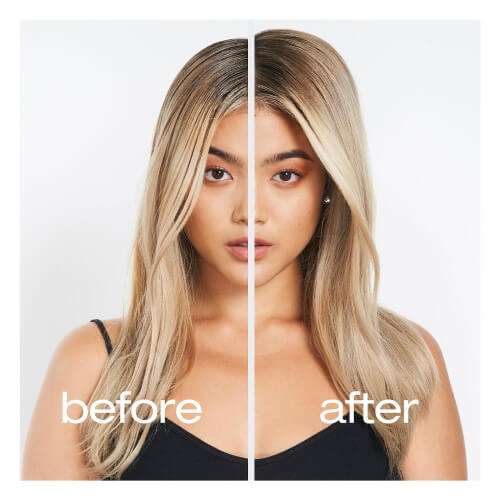
Source: Shu Uemura, Sephora USA The consumer expects a dry shampoo to deliver within minutes (what initially took at least an hour)..
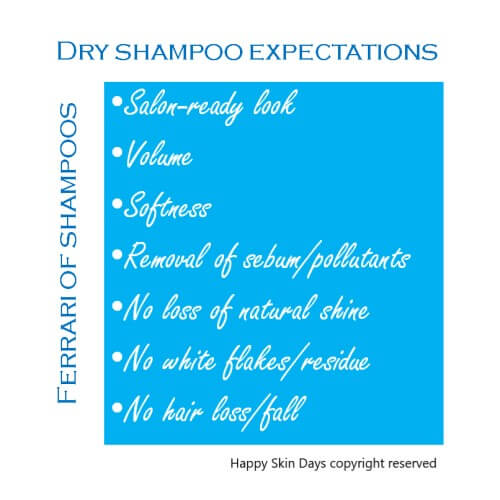
2) And this is reflected in the price of a dry shampoo…
For example, Pantene’s dry shampoo will set you back £8.00/100ml while a normal Pantene shampoo will cost just £1.00/100ml.
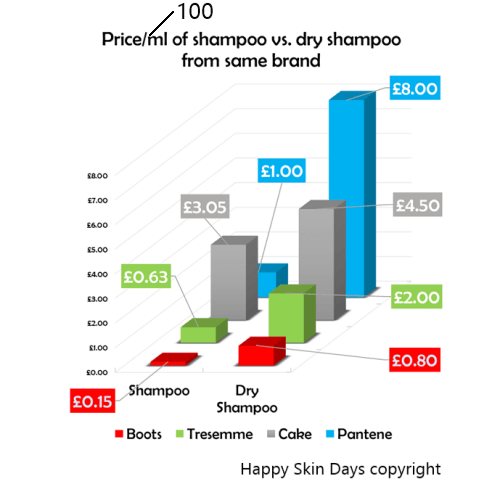
3) Are all dry shampoos aerosols?
Out of 30+ products I reviewed, just 2 products were in a powder format and 1 product was a paste. More than 95 per cent of products take the form of an aerosol format.
From a manufacturing perspective, an aerosol format makes sense because the propellant action of the spray finely disperses the product into the hair.
4) What ingredients are in a dry shampoo?
Given the price disparity you pay between a dry and a normal shampoo, you’d think the former contain some shockingly amazing ingredients.
Prepared to be disappointed: they don’t…

The absolute bulk of a dry shampoo are propellants (Butane, Isobutane and Propane), followed by Alcohol (which acts as a solvent for the mixture), followed by Absorbents. Most dry shampoos will have a lot of fragrance and if you have an allergy to fragrances (natural or synthetic), then you should simply steer away from dry shampoos. This LINK has an excellent infographic on fragrance allergens from a female perspective.
Finally, most dry shampoos do not have water, but if they do, the amount of preservatives increases.
All in all, dry shampoos are an extremely synthetic product and do not have an inkling of beneficial value to your scalp: they are completely functional and please remember that the next time you reach for a £50 dry shampoo vs. a £10 version.
a) What types of absorbents are used in dry shampoos?
Absorbents fall into 4 categories:
- Aluminium Starch Octenylsuccinate
- Silica such as hydrated silica
- Clays (Bentonite, Zeolite, Kaolin, Montmorillonite and Illite)
- Starches (Riche, Corn, Tapioca and Potato)

ASO is the most common because it is “fat loving” (lipophilic) and manufacturers can achieve a very fine size with this ingredient and therefore it easily picks up oils/fats. As a non-metal alternative to ASO, Rice starch is very commonly used.
5) How is the “cleaning action” of a dry shampoo different from a normal shampoo?
Shampoos work on exactly the same principles as cleansers, as they use cleansing agents called “surfactants,” to roll-up the dirt/grim, which is then washed away with water.
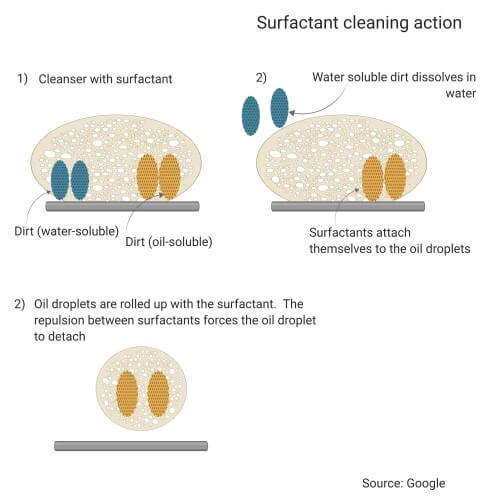
Absorbents work on a similar principle to emulsifiers – they mop up excessive sebum and some soil from the hair, BUT in the absence of a hair wash, there is no mechanical action that removes the absorbent and soil. This is where brushing or combing the hair becomes vital. This mechanical action removes the absorbent and soil.
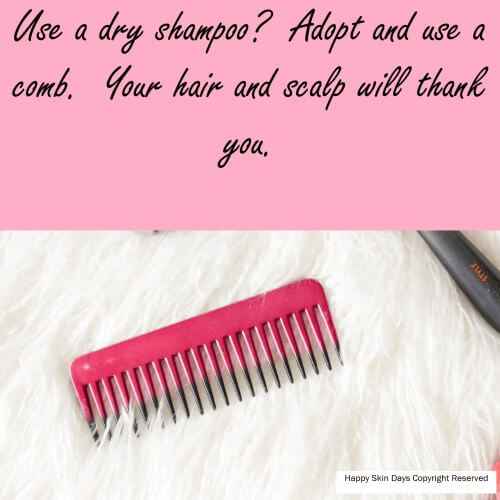
Summary: which dry shampoo?
The formulations for dry shampoos are near identical, as they are usually aerosols and therefore must contain:
- Propellants (about 60%-70% of the mixture)
- Alcohol (at least 20%)
- An Absorbent that is generally either ASO or Rice Starch
Also, dry shampoos are not a replacement for actually washing your hair and their effectiveness depends on how well you brush/comb the product out of your hair.
As you can see from the chart above dry shampoos are hideously expensive and you are paying for the user experience – not for what’s inside the product. Therefore, pick whichever shampoo you want – the chances are its very similar to all other dry shampoo choices on the shelf that day…
Photo by Polina Tankilevitch from Pexels Photo by Engin Akyurt from Pexels Photo by Moose Photos from Pexels Photo by Element5 Digital from Pexels Photo by Stanislav Kondratiev from Pexels Photo by Polina Tankilevitch from Pexels
